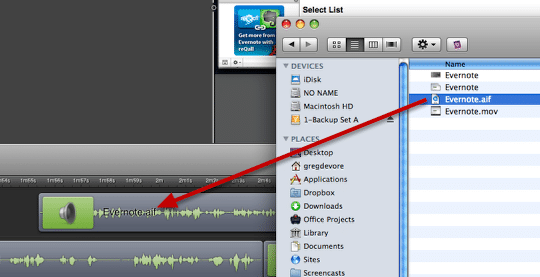

This is a better test than just moving the mouse around on a static screen because all the screen pixels are moving/updating simultaneously at various points of the recording.
#Screenflow export settings movie
“The example movie I was using for the tests was output at 960×600 at 30 fps, and involved video action zooming, and callout zooming on a detailed interface. One of our fabulous and knowledgeable users, Craig Reed, a video producer for the Berklee College of Music online school, tested the two codecs side by side and was kind enough to report his results: When you restart ScreenFlow you will see x264Encoder as an available codec in the Export customization options. Takashi has created a few simple instructional videos on his YouTube channel if you run into any trouble. To use the x264Encoder with ScreenFlow, you simply download it and place the component in your /Library/QuickTime folder. I think my component may help someone easily use the x264 library in QuickTime savvy applications.” I also like QuickTime world, and want to make QuickTime more useful. “I am just an amateur, free software programmer, and I like open source policy. When asked why he developed the codec, Takashi explained: Takashi-san was kind enough to make his x264Encoder compatible with ScreenFlow. It is free, and developed by Takashi Mochizuki.


X264Encoder is an encoding engine that produces video in the H.264/AVC standard. If you export your ScreenFlows using the “Web” presets or the built in Apple H.264 codec, you’ll be interested to hear of a way to reduce your data rates while maintaining the quality of your H.264 movies by installing a free x264 codec.


 0 kommentar(er)
0 kommentar(er)
